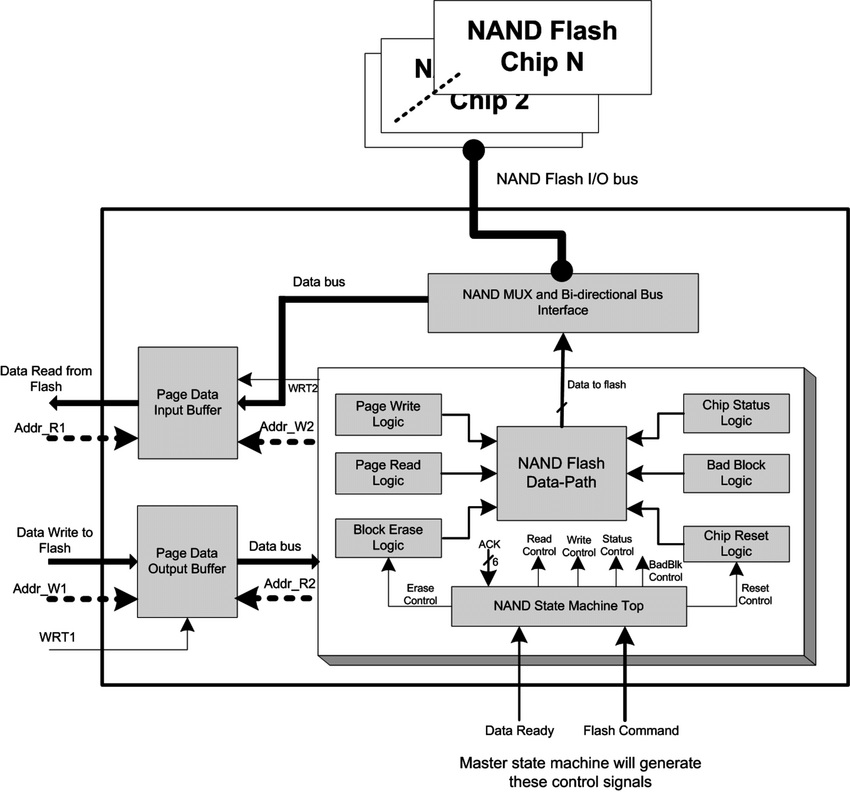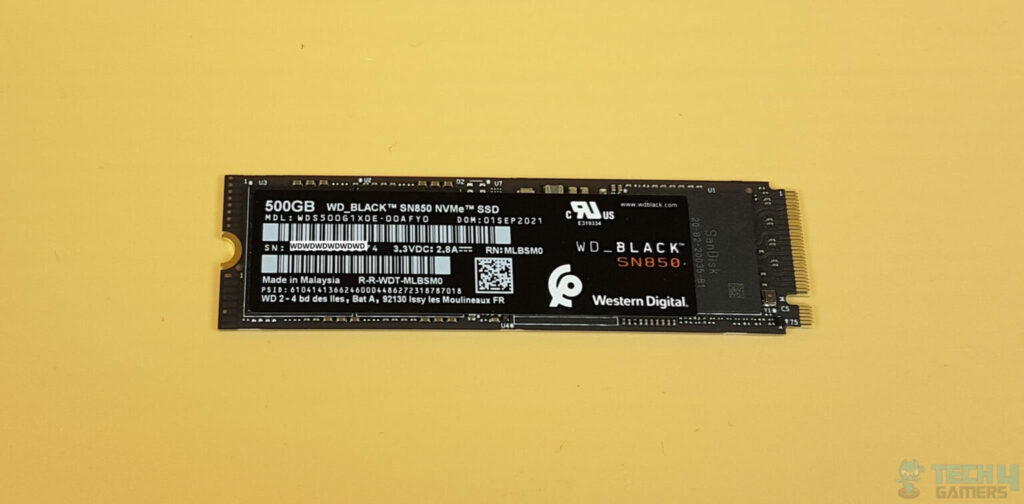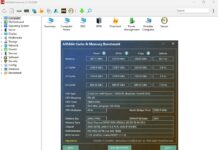If you’ve ever wondered about the inner workings of your computer, chances are you’ve encountered the term ‘NAND Flash memory.’ But what exactly is it, and why does it matter? In simple terms, NAND Flash memory plays a vital role in managing data storage within your devices. This article breaks it down, explaining what NAND Flash is, the different types available, and the potential downsides you should know about.
Key Takeaways
- NAND Flash memory is a type of memory that stores data with great reliability and fast retrieval speeds.
- There are various types of NAND Flash, i.e., SLC, MLC, and TLC, each designed for specific storage needs.
- NAND Flash memory has advantages like speed, durability, and energy efficiency, but it also has limitations, including limited write cycles and potential performance degradation over time.
What Is NAND Flash?

NAND Flash memory is a critical component in data storage and technology. It serves as the digital storage workhorse inside your devices, such as smartphones, laptops, and USB drives. In simple terms, it is a type of memory that stores and retrieves data quickly and efficiently[1].
NAND Flash memory is highly valued for its ability to retain data without any power off. Unlike Traditional DRAM, which continuously needs power to operate, NAND memory modules can operate even when the power is off. This makes a difference between day and night when it comes to carrying portable storage devices[2].
Types Of NAND Flash
NAND Flash memory has evolved over the years, with various types designed to meet different storage needs. Below are some common types of NAND Flash:
- SLC (Single-Level Cell): It stores one bit of data per cell and offers the fastest read/write speeds.
- MLC (Multi-Level Cell): It stores multiple bits of data per cell, typically two bits. MLC strikes a balance between performance, endurance, and cost.
- TLC (Triple-Level Cell): It stores three bits of data per cell. TLC is more cost-effective but has lower endurance compared to SLC and MLC.
- QLC (Quad-Level Cell): It stores four bits of data per cell and offers the highest storage capacity but has the lowest endurance and performance[3].
Advantages And Disadvantages Of NAND Flash

Let’s take a brief look at where and why to prefer NAND flash over other technologies:
| Pros | Cons |
|---|---|
| Rapid data read and write speeds | Limited write/erase cycles |
| High endurance ensures data storage longevity | Some NAND types may experience interference, possibly causing data errors |
| Energy-efficient extends battery life in portable devices | Over time, NAND Flash memory can experience speed degradation |
| Compact form factors, suitable for slim and lightweight devices | NAND storage devices are more expensive than mechanical drives |
| Silent operation with no moving parts |
Related Helpful Resources By Tech4Gamers:
References:
- Kioxia. What is NAND Flash memory? Retrieved from: https://www.kioxia.com/en-jp/rd/technology/nand-flash.html
- Kingston. NAND Flash Technology and Solid-State Drives (SSDs). Retrieved from: https://www.kingston.com/en/blog/pc-performance/nand-flash-technology-and-ssd
- Delkin Industrial. QLC Flash. Retrieved from: https://www.delkin.com/blog/what-is-qlc-flash/
Thank you! Please share your positive feedback. 🔋
How could we improve this post? Please Help us. 😔
[Errors Troubleshooting Expert]
Arsalan Shakil (aka GuyThatDoesEverything on YouTube) is a PC Tech Enthusiast and Electronic Geek. With over 10+ years of experience in Electronics, he then decided to explore Software Engineering to design embedded products and automate existing hardware solutions.
When he started tearing down old cameras to understand how they worked, he was shocked (literally, when he got zapped by a flash discharge capacitor), giving him the power (debatable) to fall in love with videography/photography. He also started making some fun videos that later became YouTube tech reviews.
Skills:
- 10+ years of experience in Electronics design, embedded solutions, and prototyping
- Majored in Software Engineering
- Research paper publication in IEEE for Embedded Military Uniform & LoRa WAN wireless technology
- Specialized in IoT Solutions
- PC Enthusiast & PC Modder
In his local region, he’s known to expose cheap PSU brands, often claiming fake certification or false claims on the box. He’s a true nerd and needed some friends in his life. Then he met some guys who work at Tech4Gamers, and they also came out to be equal nerds who suggested he join Tech4Gamers as a Hardware Expert.


 Threads
Threads
![Can You Use A Monitor Without PC? [SOLVED] Can You Use A Monitor Without PC?](https://tech4gamers.com/wp-content/uploads/2022/09/Can-You-Use-A-Monitor-Without-PC-218x150.jpg)
![What is CAS Latency? [Definitive Guide] What is CAS Latency](https://tech4gamers.com/wp-content/uploads/2023/04/What-is-CAS-Latency-218x150.jpg)
![What Is A PC Radiator? [Sizes, Mountings, Direction & Guide] PC Radiators](https://tech4gamers.com/wp-content/uploads/2023/08/HOW-TO-5-2-218x150.jpg)
